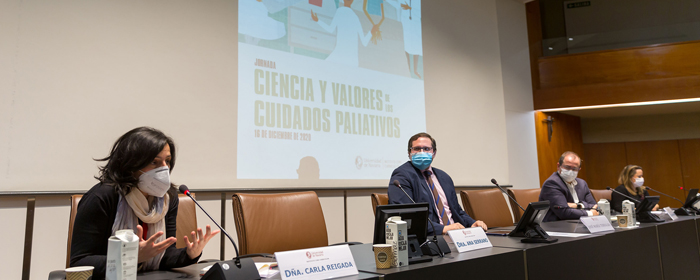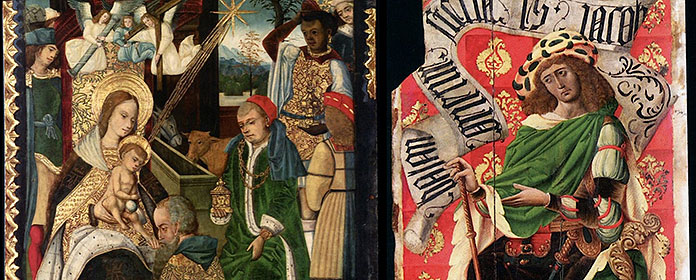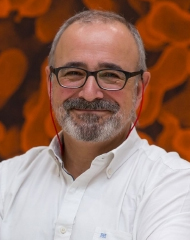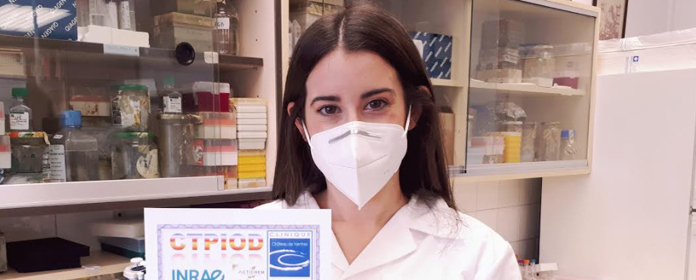New cell therapy strategies to regenerate the infarcted heart
University of Navarra's CIMA shows that stem cells derived from bone marrow and adipose tissue improve cardiac function
A work developed at research center Applied Medicine (CIMA) and Clínica Universidad de Navarra has shown that stem cells derived from bone marrow and adipose tissue improve cardiac function after heart attack in animal models. "Specifically, bone marrow-derived cells act on diseased tissue, while fat cells have the ability to transform into both blood vessels and cardiac cells. The results obtained in rats are maintained over the long term deadline", explains biochemist Manuel Mazo, researcher of laboratory Cell Therapy and lead author of the study.
When a person suffers a heart attack, the artery supplying the heart is occluded. The affected area dies and the scar that remains does not contract. "This is a very serious problem because the heart muscle does not regenerate, which has a significant impact on the functional capacity of the heart and can lead to heart failure," explains the scientist.
Myocardial infarction is one of the pathologies with the highest incidence worldwide. In fact, according to the World Health Organization, cardiovascular pathologies as a whole account for more than 50% of deaths in Europe.
For the last decade, new gene therapy and cell therapy strategies have been under study to repopulate the scar tissue of the heart in order to regenerate it. In Dr. Mazo's opinion, the data obtained at CIMA suggests that this procedure has very important potential for clinical application. To do so, the effects already being achieved both in animal models and in other multicenter clinical trials need to be improved. "In this sense, the future of research is focused on combining cell therapy and bioengineering, so that we can have genetically modified cells that survive adverse conditions in the heart."
The study by Manuel Mazo, directed by doctors from CIMA and Clínica Universidad de Navarra Felipe Prósper and Beatriz Pelacho, involved the participation of researchers Iván Peñuelas, María Collantes, Margarita Ecay, Miriam Araña, Pablo Aranda, Gloria Abizanda, Arantxa Cemborain, Salomón Hernández, María Gutiérrez, Enrique Andreu, Maitane Pérez-Ilzarbe and doctors Juan José Gavira and Eduardo Alegría. Dr. José Manuel García Verdugo and Mario Soriano, from high school Cavanilles (Valencia) and the teams of Dr. Philippe Menasché, from the Hôpital Européen Georges Pompidou in Paris, and Dr. Louis Casteilla, from the Institut Louis Bugnard in Toulouse (France) have also collaborated.





